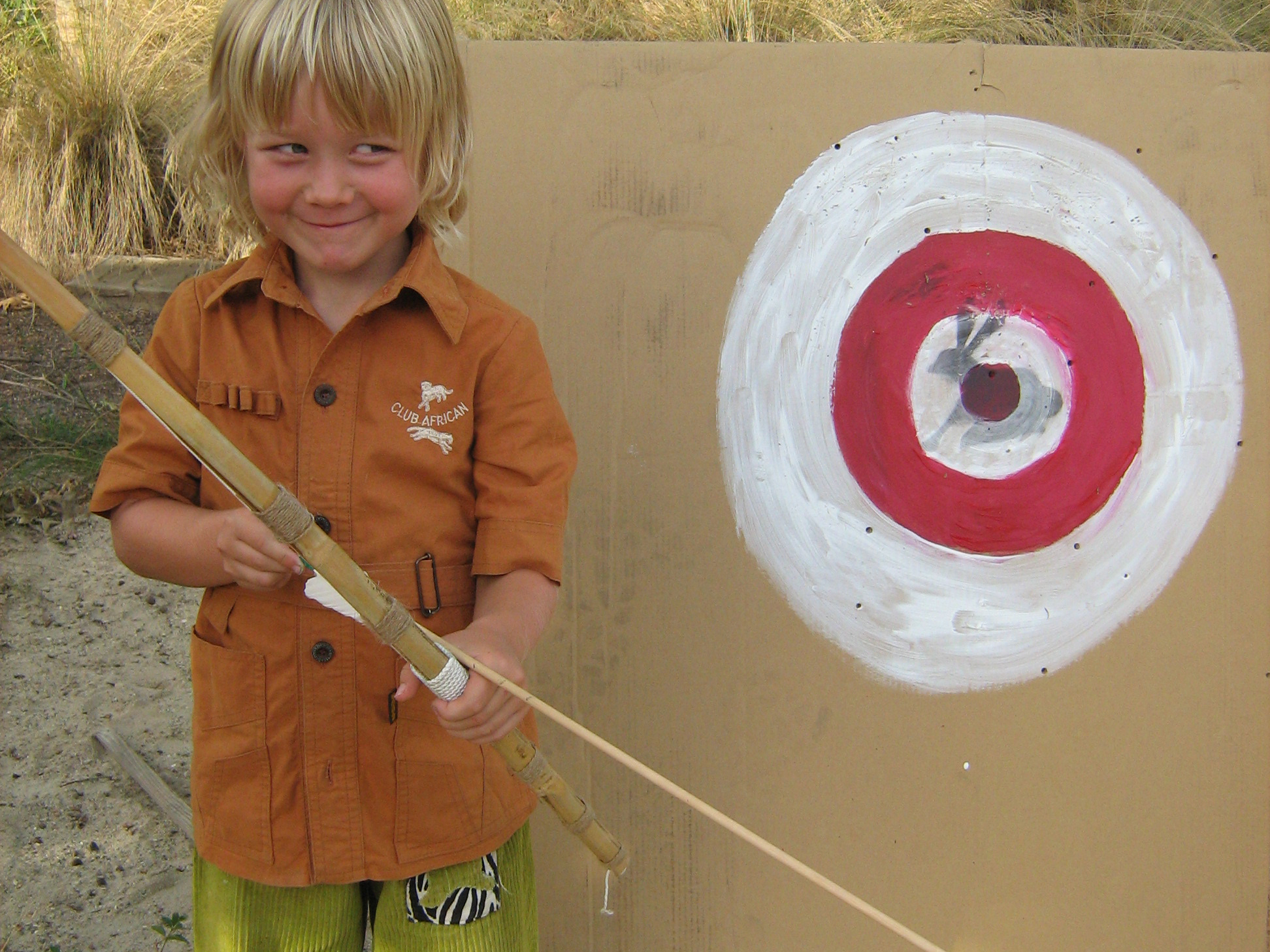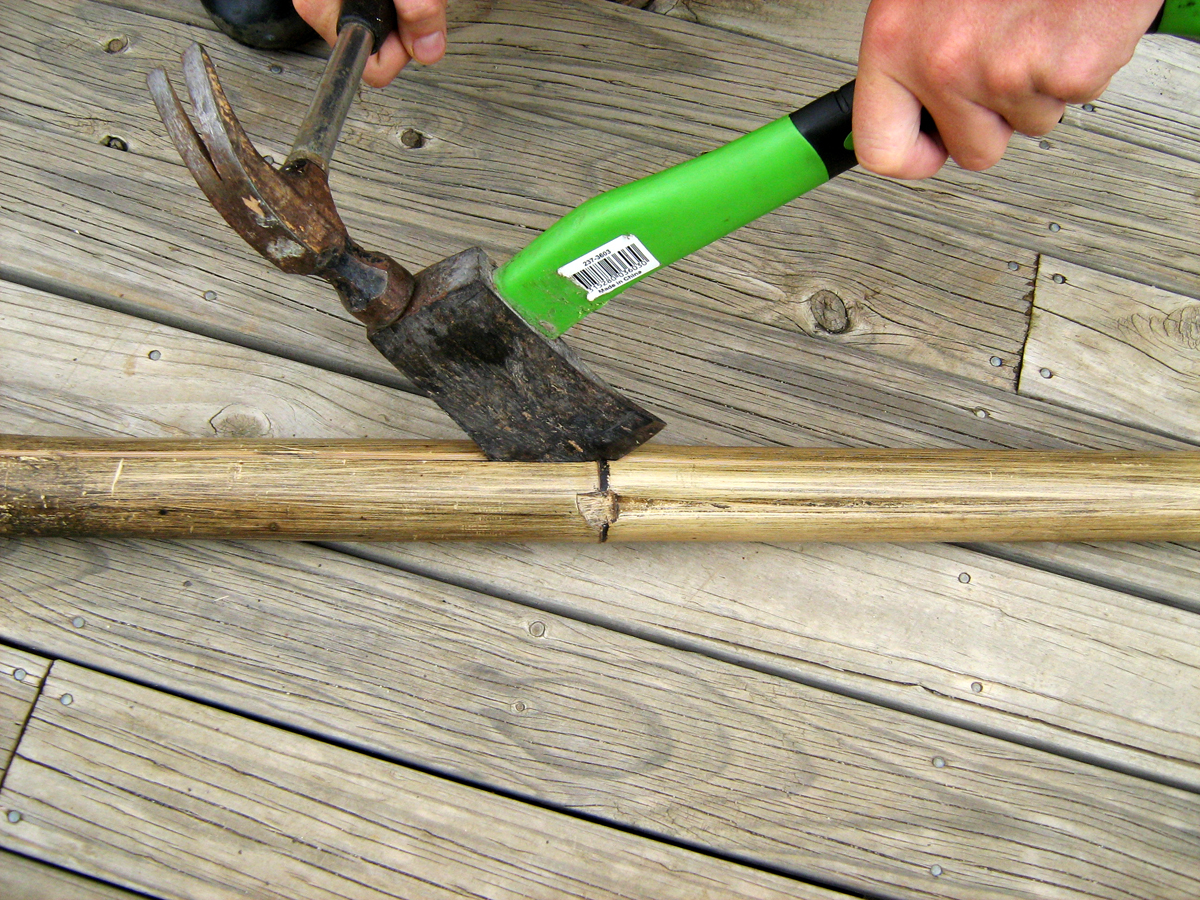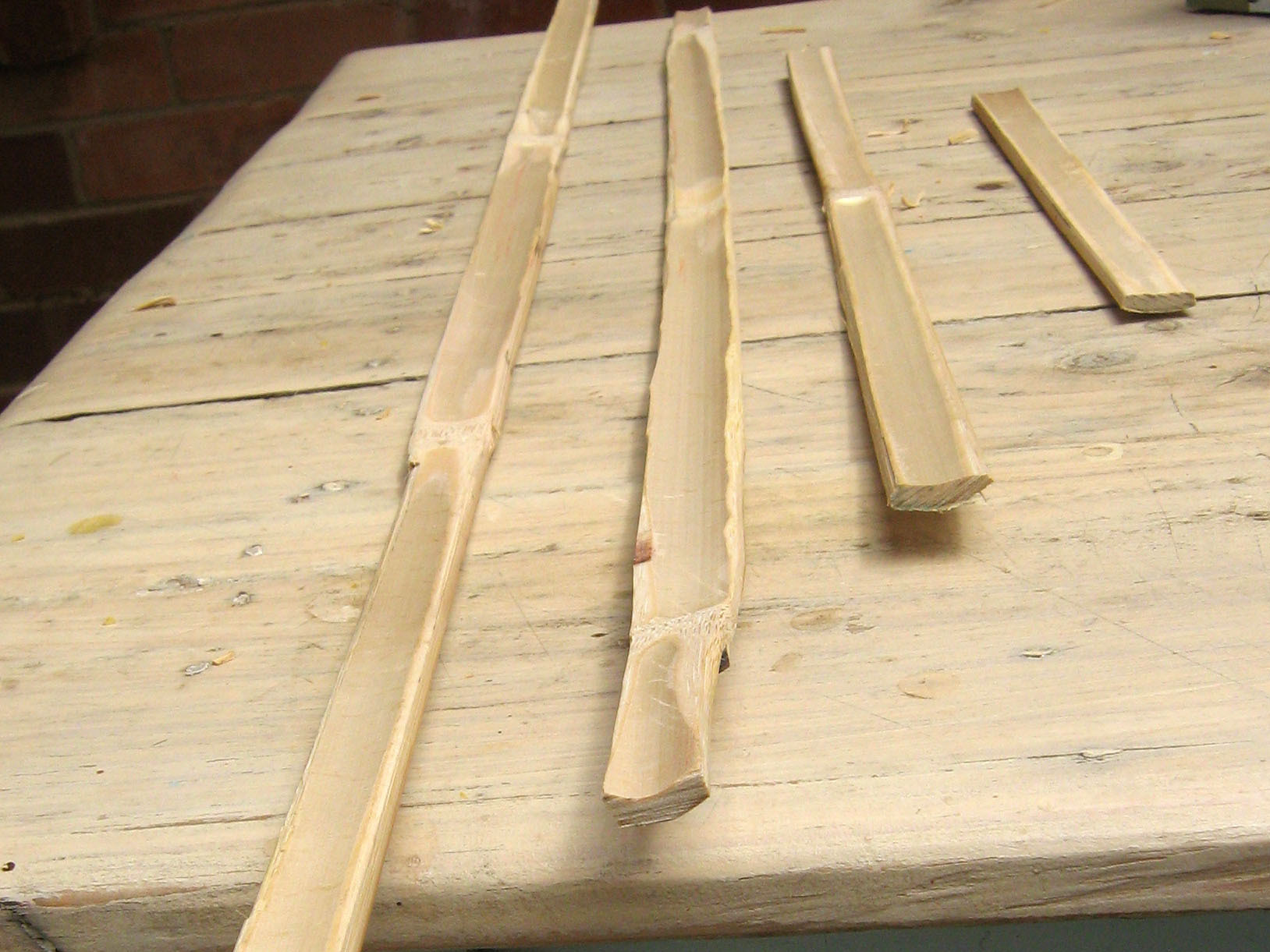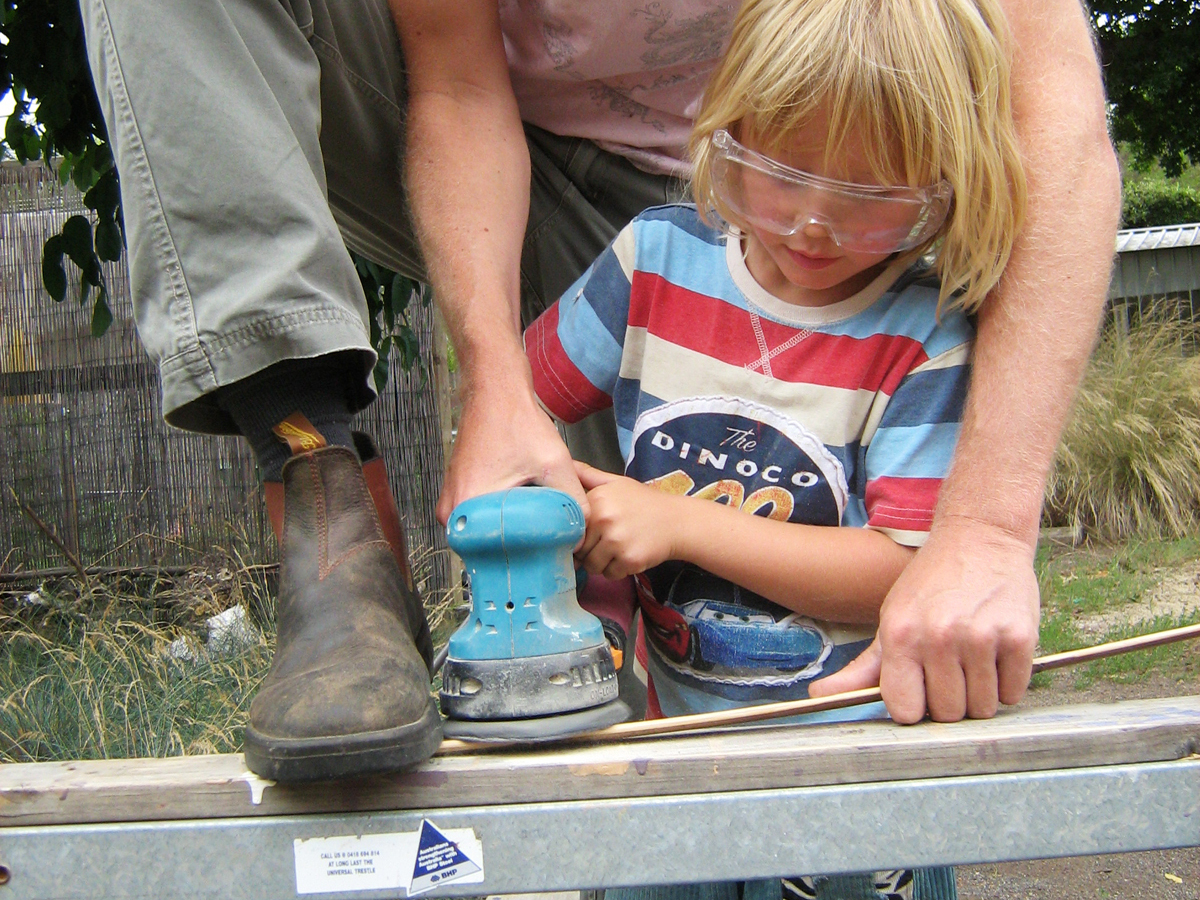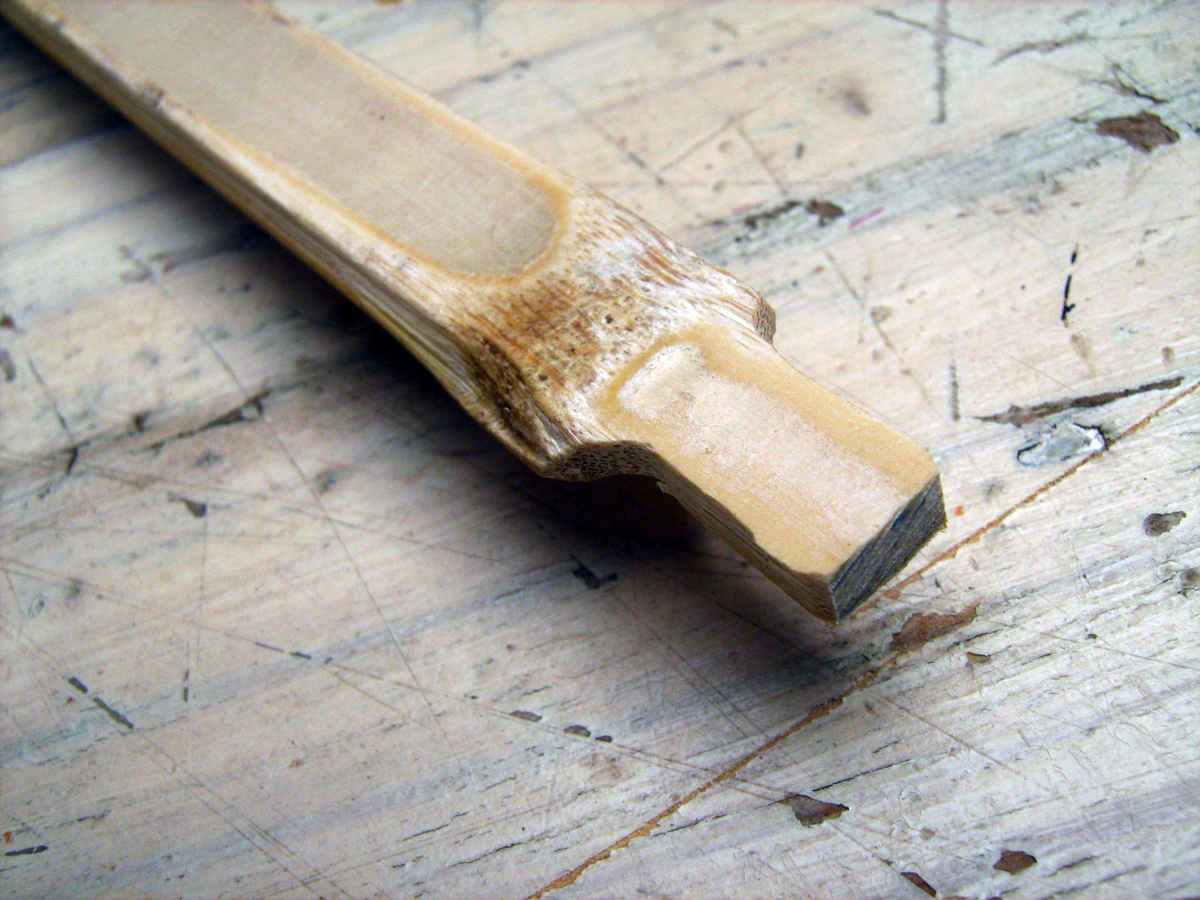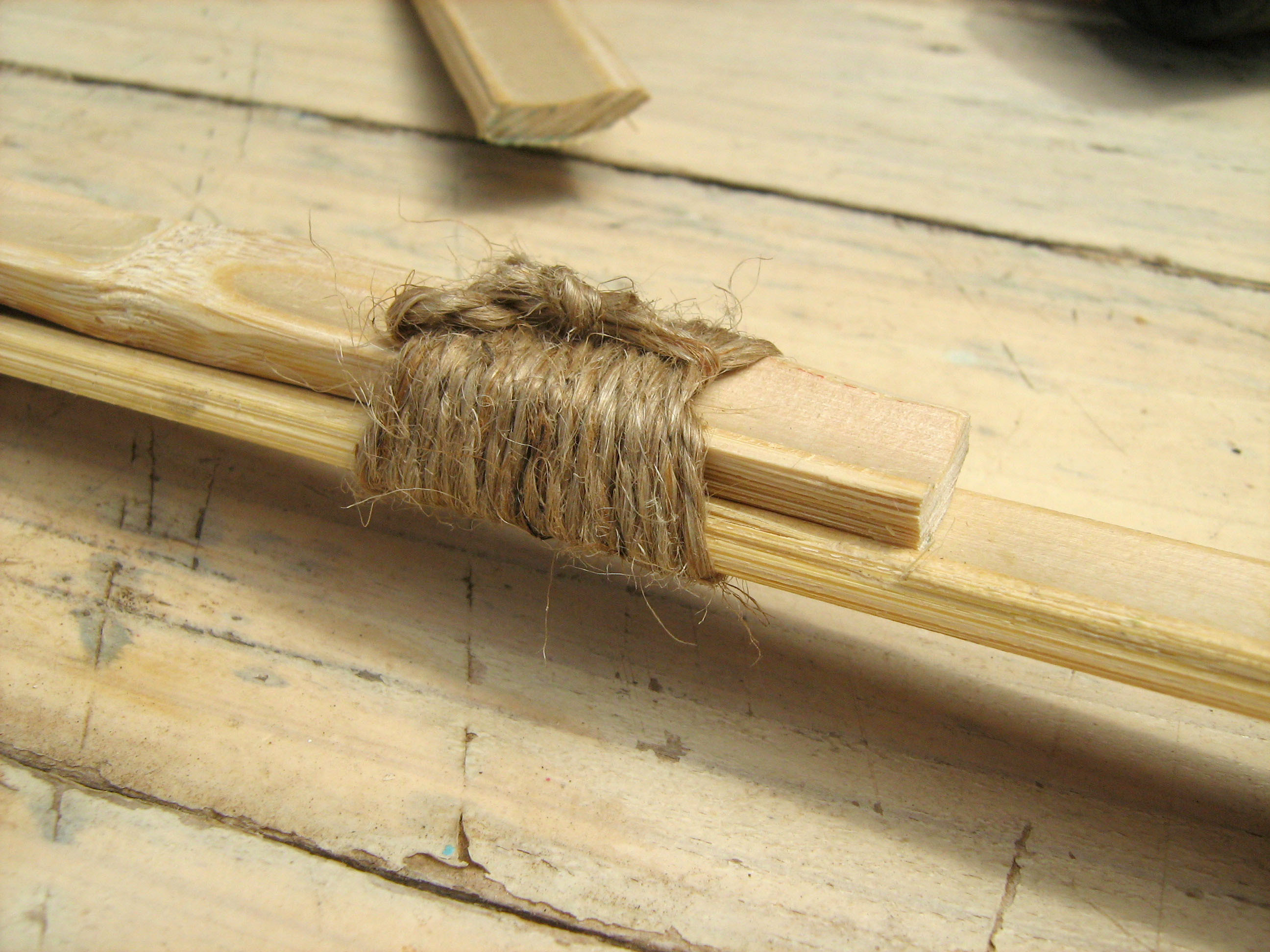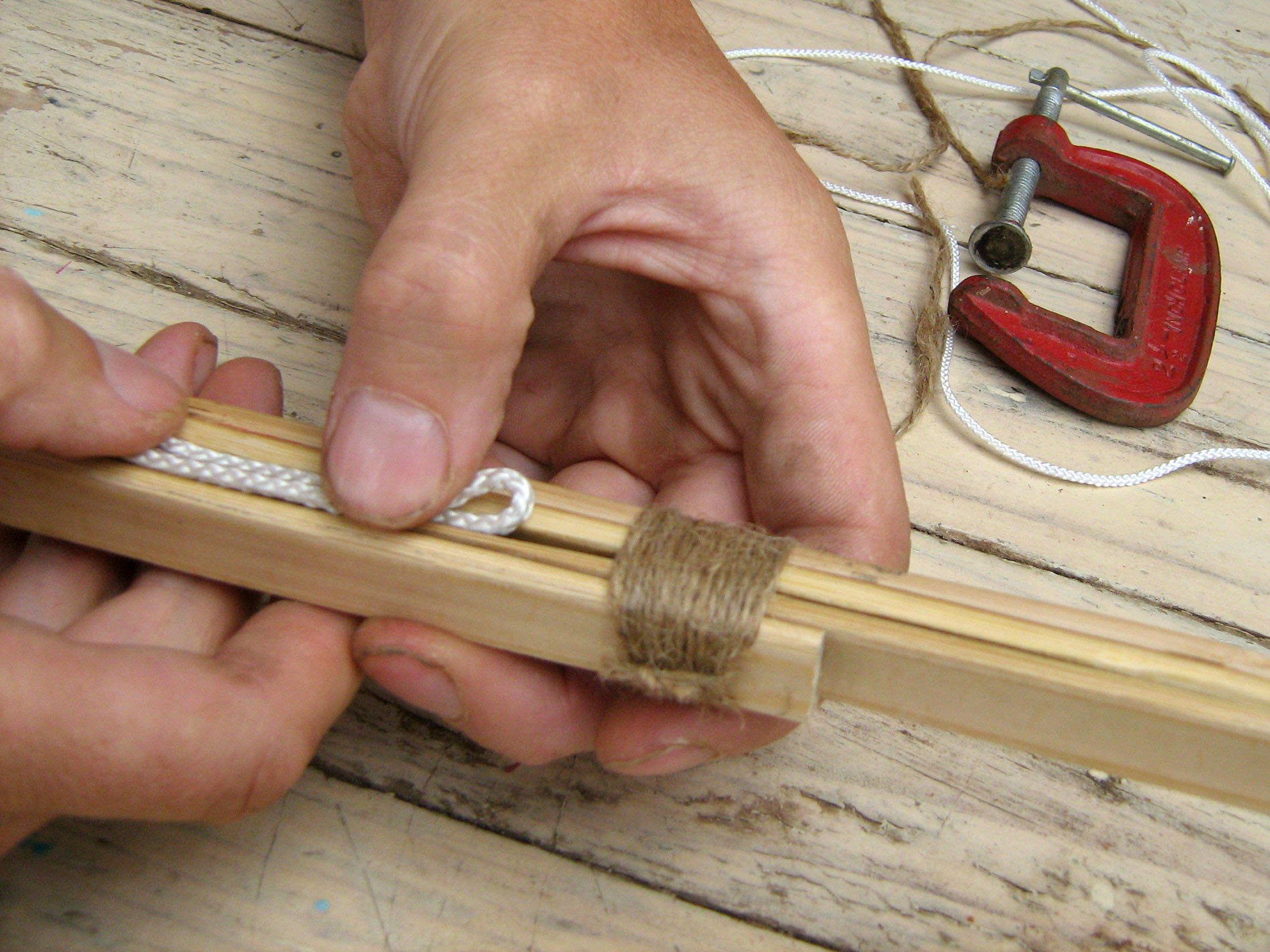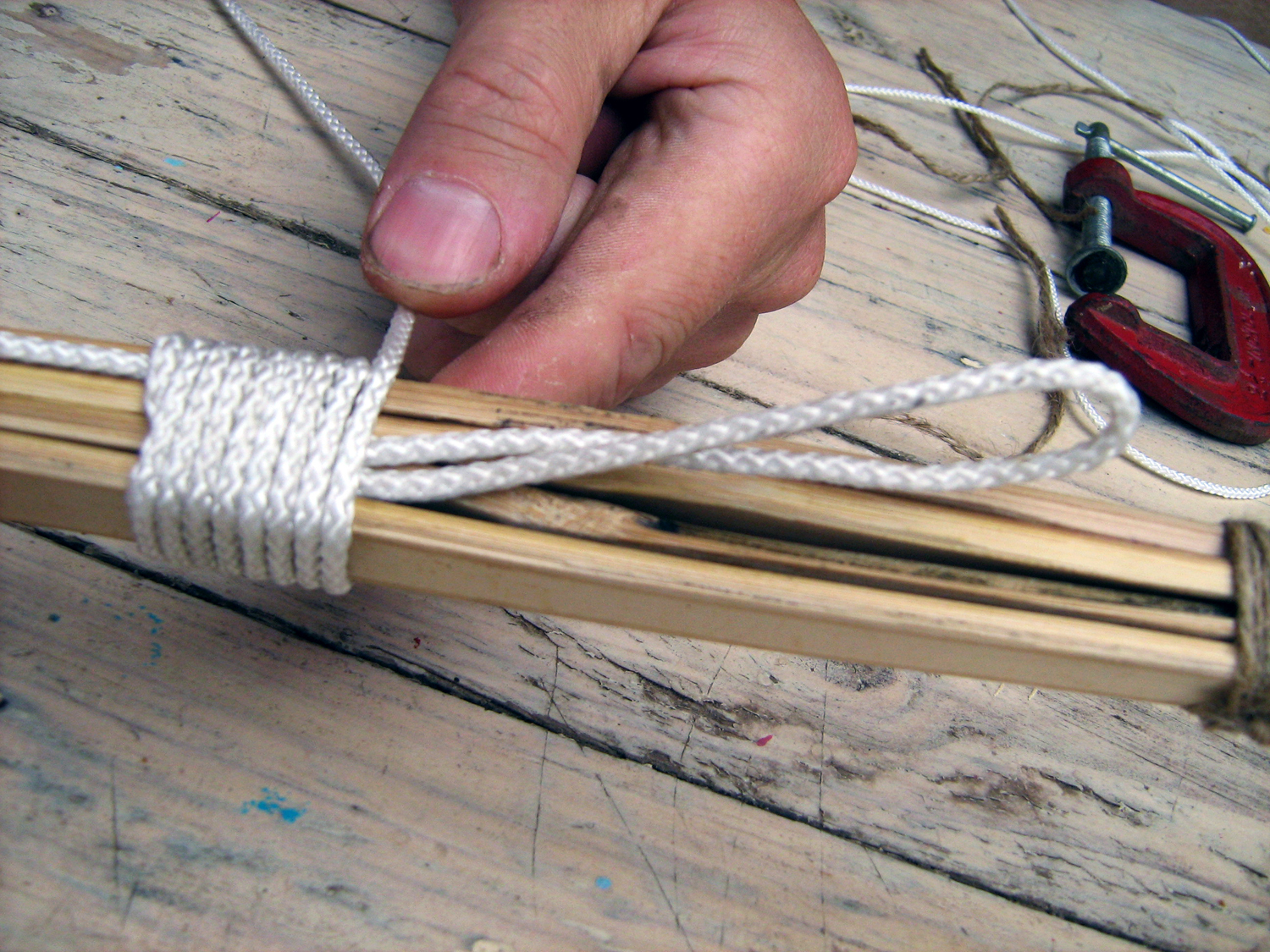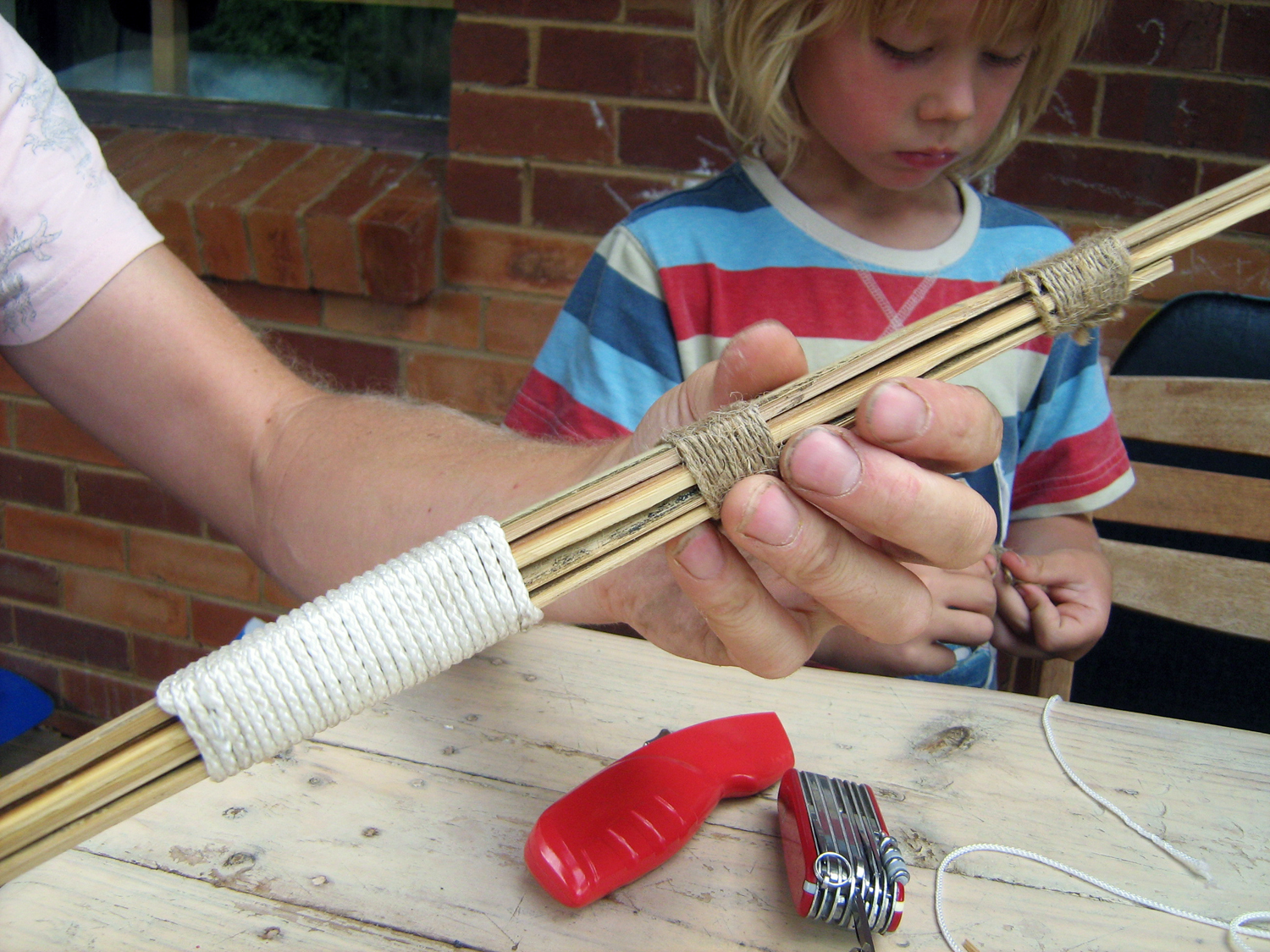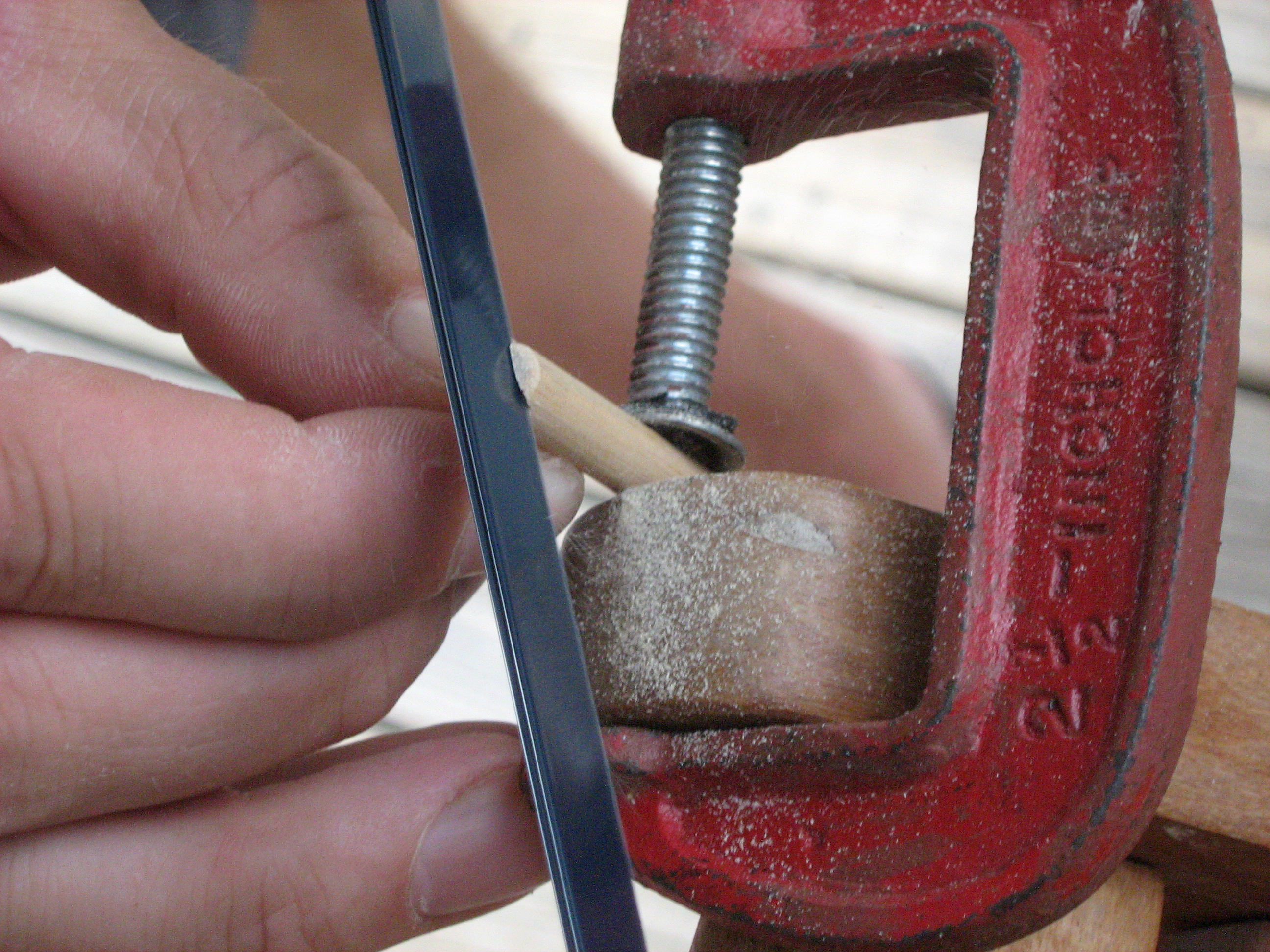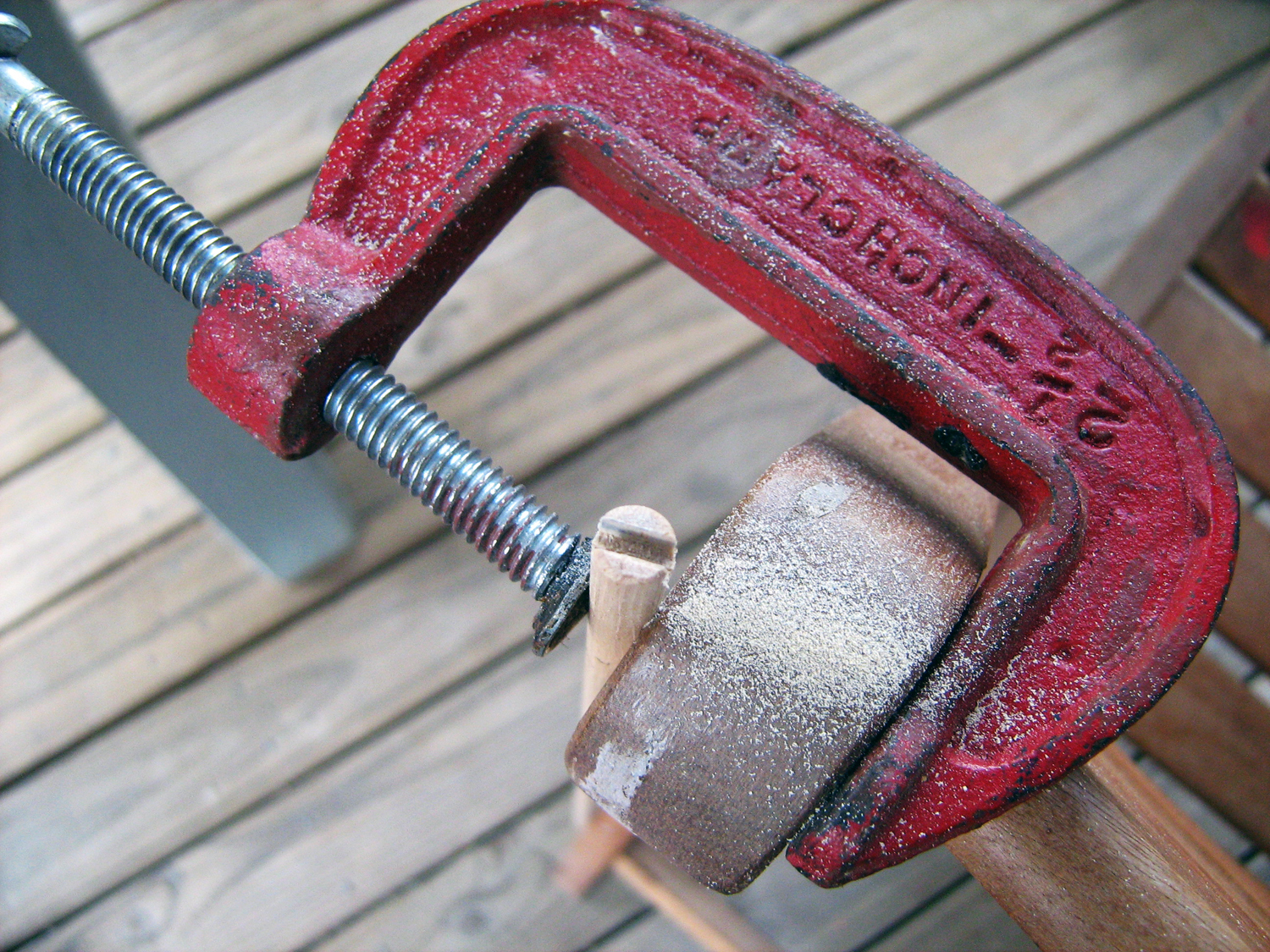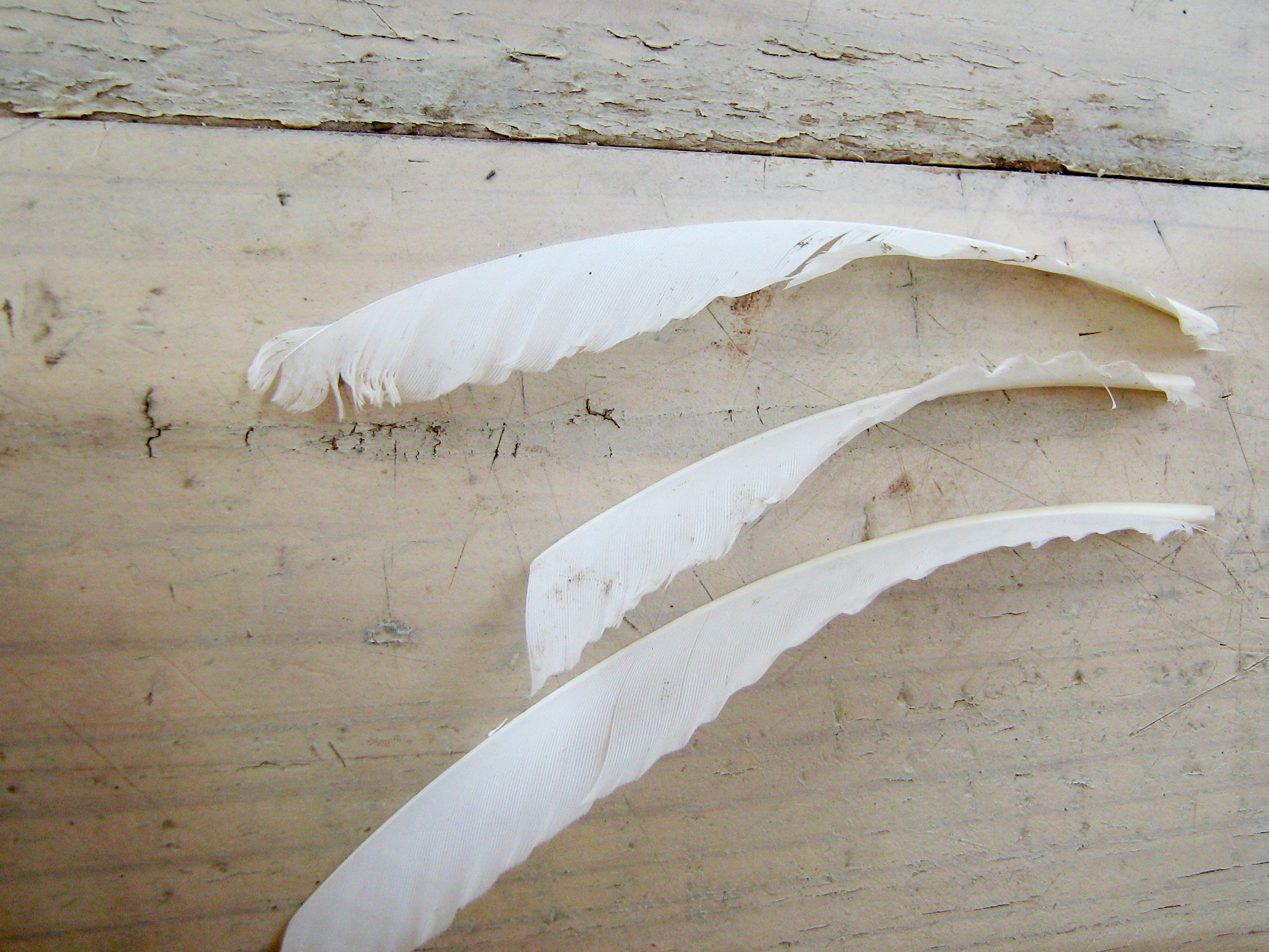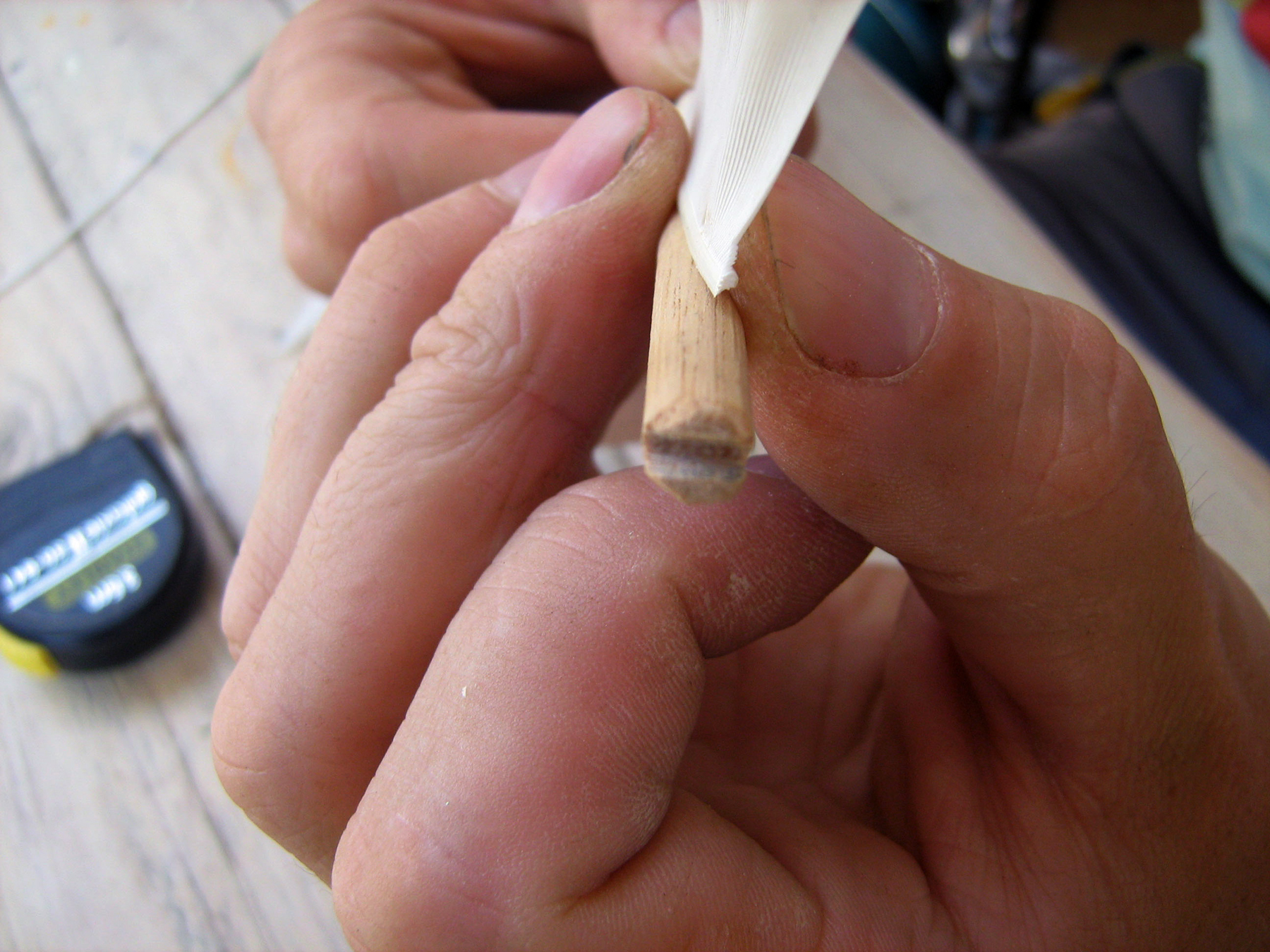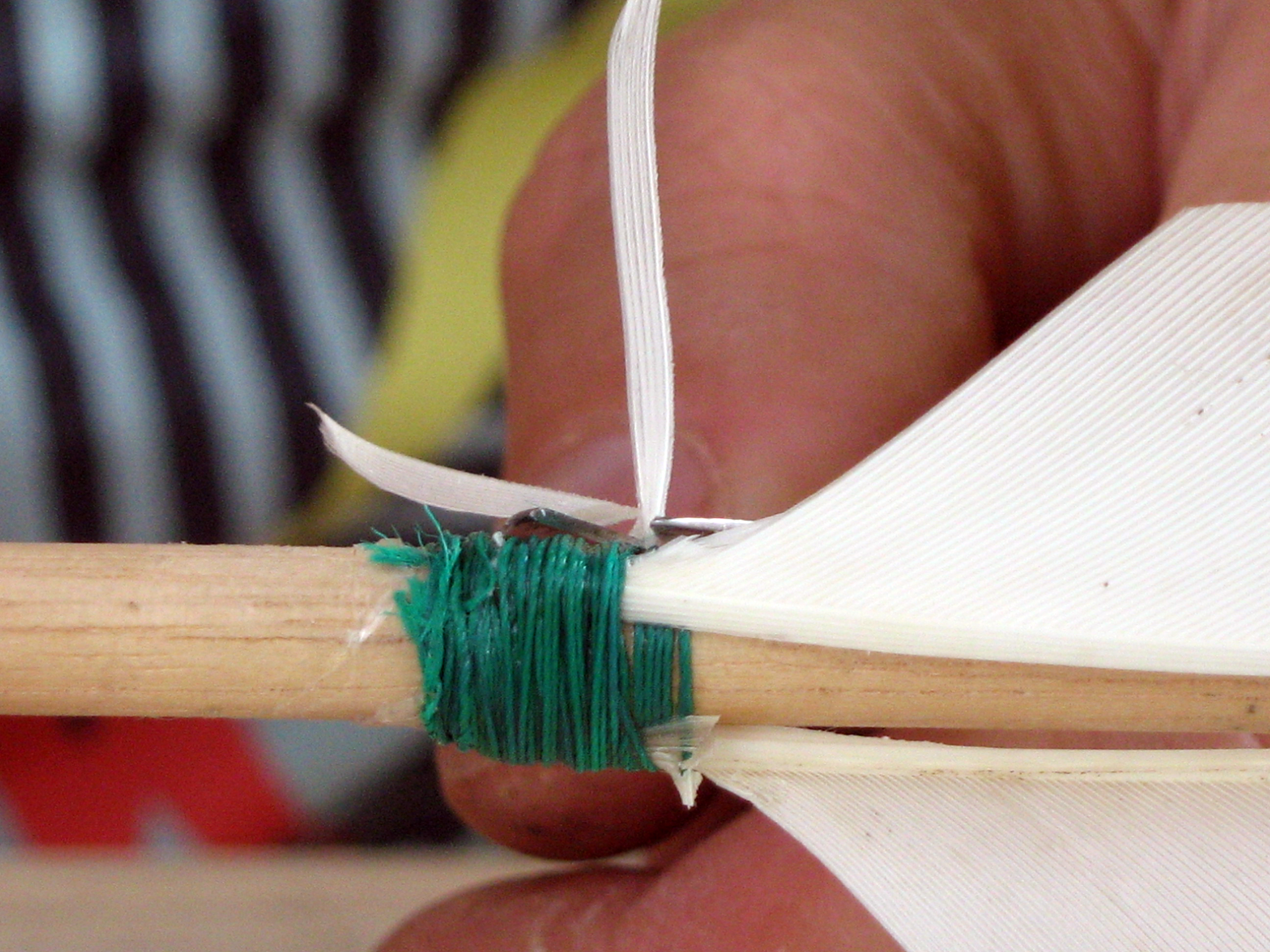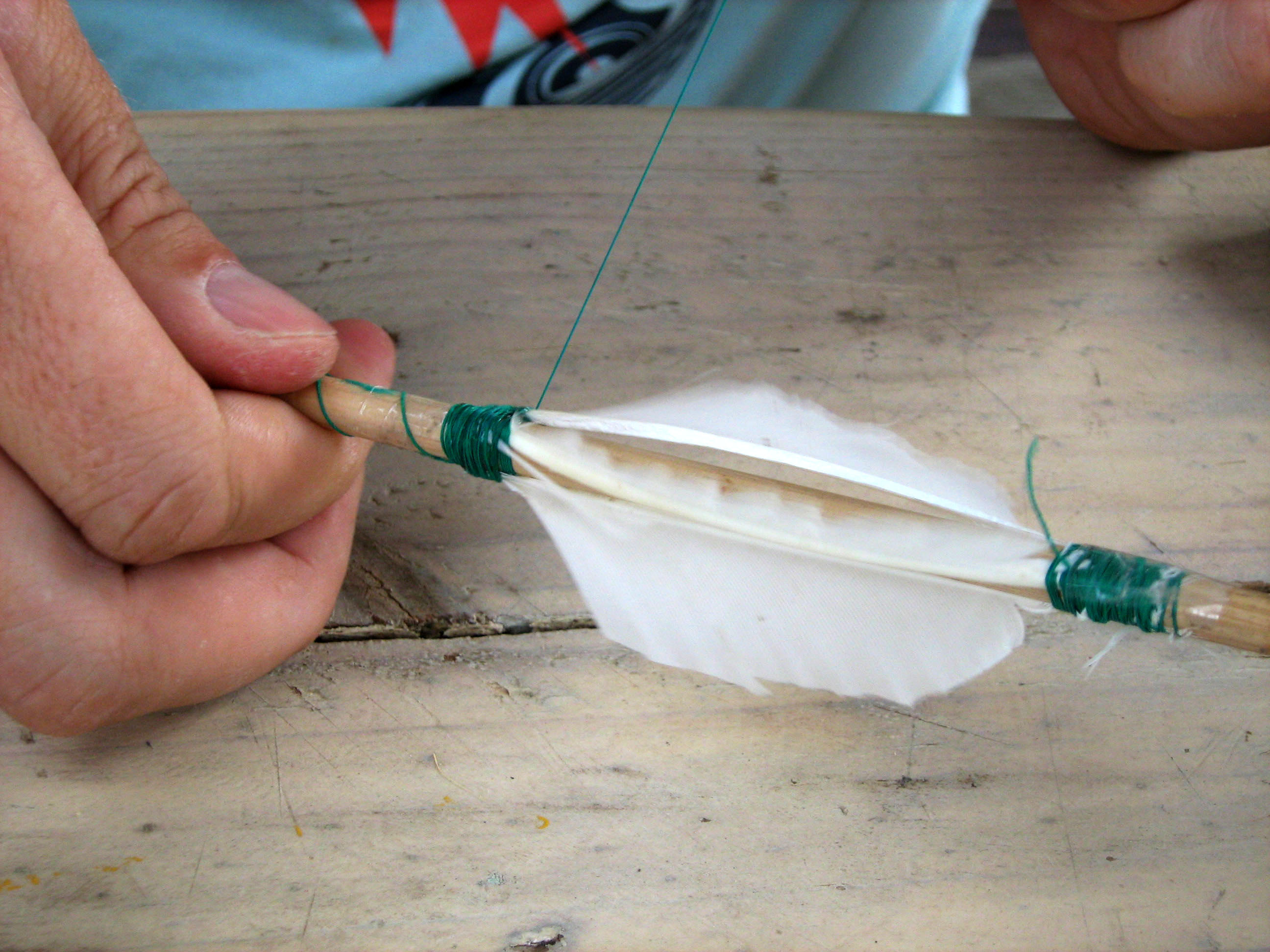By Kathreen Ricketson, Rob Shugg, and Orlando Shugg
As a boy, my partner Rob Shugg always had a bow and arrow. He was quite a little ragamuffin and had a wonderfully free and adventurous childhood, very different from all the cautionary parenting of today.
With the resurgence of books about adventures for kids and 19th-century DIY projects, some of these more exciting pastimes are enjoying a comeback. Rob wanted to share some of these adventures with our son, 5-year-old Orlando, who is only too happy to go along for the ride. Making the bow and arrow is their first step toward a bush camping trip they’re planning for later in the year.
For this father-and-son weekend project, we made a simple, safe, and sturdy bundle bow out of bamboo that’s fairly quick to make with materials available at any hardware shop. We chose bamboo because of its strength, flexibility, and availability, but other materials, such as straight sticks or fiberglass, can be used.
A bundle bow, also called a quick bow, is made from a few straight sticks of varying length that are bound into a bundle. Bundling sticks of different lengths adds stiffness to the center of the bow and allows flexibility toward the limbs.
The trick to getting the bow to bend correctly is to make it symmetrical, with tension that gradually tapers off toward the ends. The shortest stick is half the length of the longest one, while the middle sticks extend somewhere in between.



